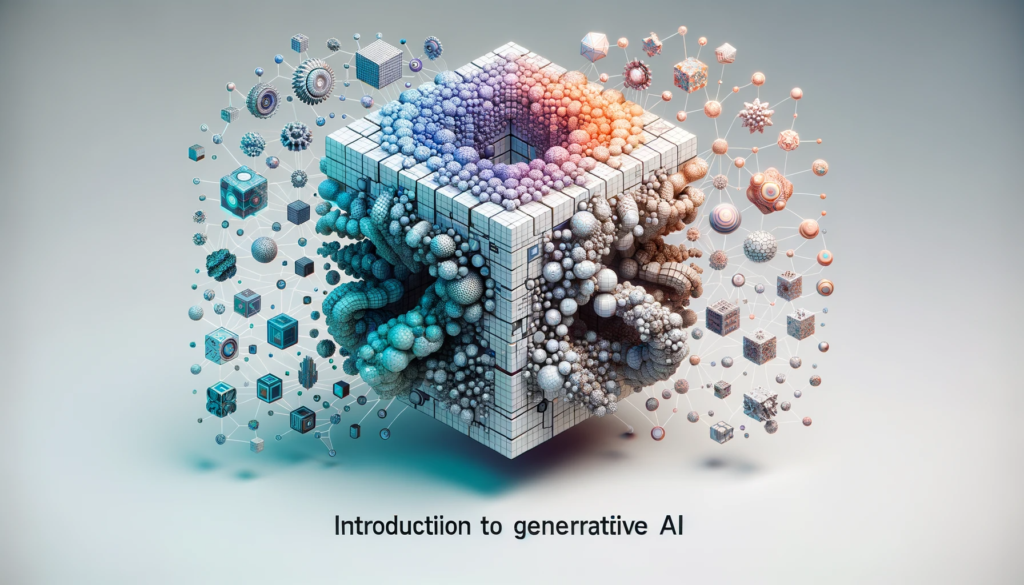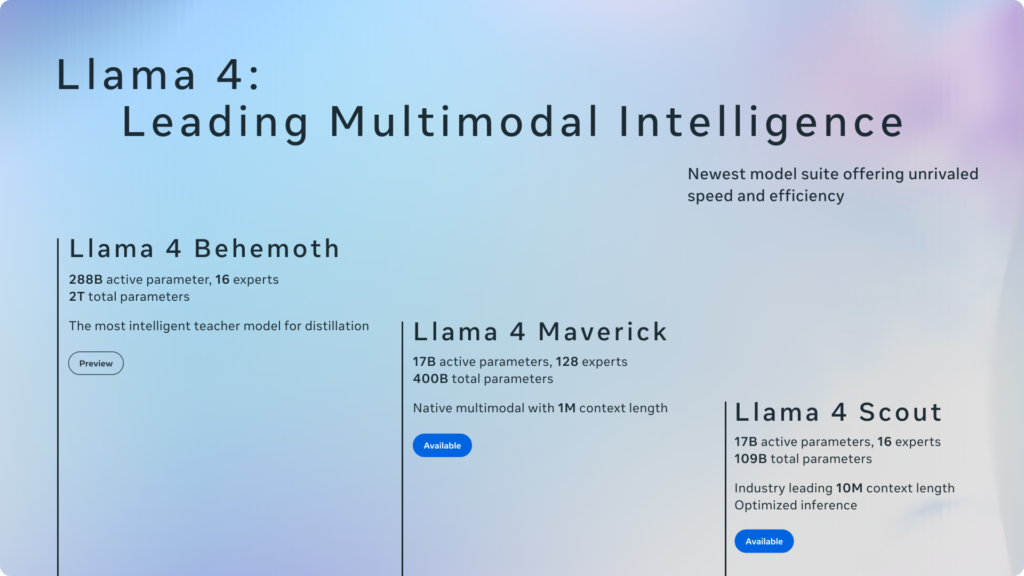Microsoft recently surprised gamers and tech lovers by releasing an AI-generated version of the popular 1997 video game, Quake II. This new version isn’t just a remaster — it was built with the help of artificial intelligence, using a model called Muse, developed by Microsoft. The project is part of Microsoft’s “Copilot for Gaming” program.
But while this move shows exciting progress in AI and gaming, Microsoft also admitted that the demo has a few important limitations.
What Is the AI-Generated Quake II Demo?
This is not the original Quake II running on old code. Instead, the game is generated by AI in real-time, based on how the player moves and interacts. You can play it right in your browser, and the game reacts to you like a normal shooter – but behind the scenes, it’s the Muse AI that’s doing the work.
This project shows how AI could change the way we create and play video games in the future.
What Is Muse AI?
Muse is a deep learning model built by Microsoft to understand and create images, movement, and interactions — like in a video game. For this demo, Muse powers everything you see:
-
The characters
-
The environment
-
The way the game responds to your actions
It doesn’t rely on pre-written code or fixed designs. Instead, the AI generates things on the fly, based on the context.
What’s Cool About It?
-
Playable in a browser – no need to download or install
-
Shows the future of AI in game development
-
Created using only AI, not human-designed levels or enemies
-
A step toward game preservation, helping keep classic games alive
What Are the Limitations?
While the tech is impressive, the game isn’t perfect. Microsoft clearly mentioned that this is a research project, not a final product. Here are the issues they pointed out:
-
Graphics Quality is Low
Enemies look blurry, and the environment lacks detail. -
Gameplay Is Buggy
Health points and enemy damage aren’t accurate. It doesn’t always feel like a smooth, finished game. -
Short-Term Memory Problems
The AI forgets things if they’re off-screen for more than 1 second. So enemies can disappear or change position unexpectedly. -
No Real Level Design
The level is simple and has no deep storytelling or smart design like the original game.
Why This Matters for the Future of Gaming
Even with its flaws, this demo shows a major step forward for AI in the gaming world. Here’s what it means:
-
Faster Game Creation – AI can help developers build levels, characters, and even entire games more quickly.
-
Accessibility – Games could be adapted for different devices more easily.
-
Preservation of Classics – Old games like Quake II can be brought back using new tech, without needing the original source code.
What Microsoft Said
Microsoft Gaming CEO Phil Spencer said this project is just the beginning. They want to explore how AI can help make smarter, faster, and more flexible game engines. But they also want to be clear — this is an experiment, and there’s a long way to go before AI can fully replace human game developers.
What Gamers Think
Reactions online are mixed. Some players love the idea and want to see more AI-powered classics. Others worry about the quality and fear it could hurt the creative side of game development.
The AI-generated Quake II demo is an exciting look at what AI can do. While it’s not perfect, it opens the door to a new way of building and playing games. It’s a bold move by Microsoft, and it’s clear they’re investing heavily in the future of AI-powered gaming.

